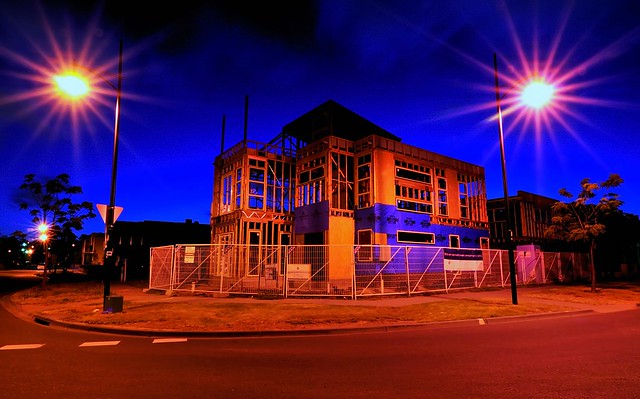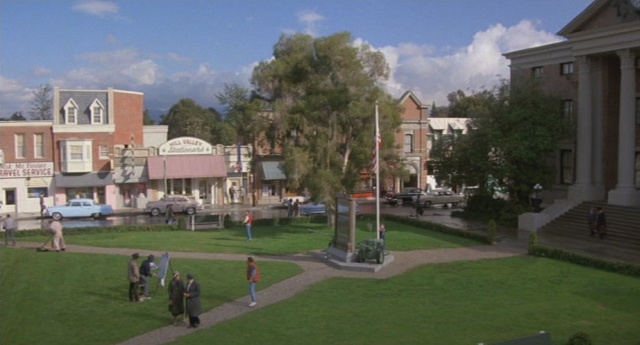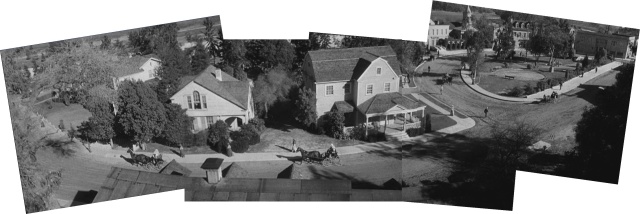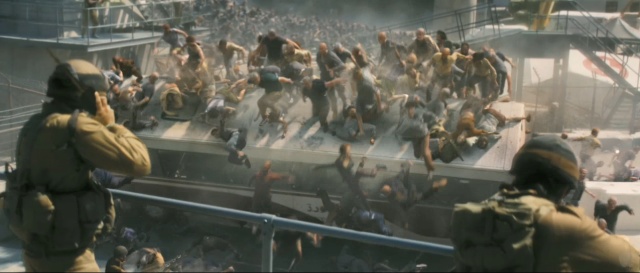
This article was written for (and as far as I know will be appearing in) the May 2014 Planning News. As it says, it is a response Liz Johnstone’s article “Stop Panning Planning” in the April 2014 issue.
Readers of Planning News will have read Liz Johnstone’s Executive Officer Report in last month’s magazine, endorsed by Brett Davis’ President’s column, which suggested that scaremongering was occurring by opponents of the new residential zones, and that the potential negative impacts of the rollout were greatly exaggerated.
There is no doubt that there is inaccurate reporting going on: the complexity of planning challenges the media’s ability to carry a coherent debate. I also agree with Liz that many of those who are suddenly vocal are, as she put it, the “beneficiaries of ambiguity.” (My own personal version of this frustration is that many of those most agitated about the new zones were silent throughout the assault on activity centre policy though amendment VC88 and the new commercial and industrial zones – I wish they would find a voice on that even more egregious example of #badplanning). It is also true that the areas in which problems occur may be outweighed, in sheer numbers, by areas in which we see a largely neutral rollover to the General Residential Zone.
Nevertheless, I am troubled on a number of fronts with the process surrounding the implementation of the new zones. I believe that there are many planners expressing legitimate concerns, and that these don’t amount to hysterical “Henny Penny” style alarmism. I am concerned that Liz and Brett’s pieces may have created the impression that PIA does not hear or speak for these views.
Certainly there are a range of views on the committee, of which my own is just one. However I think it is important that the industry understand that this perspective is represented on the PIA committee, and that in fact PIA’s submissions to various reviews (such as our comments on Plan Melbourne) have already outlined much of this perspective.
I therefore thought it was important to outline the contrary case for why, scaremongering aside, I believe a reasonable planner should in fact be concerned about the residential zones rollout.







